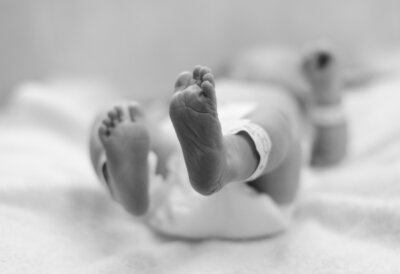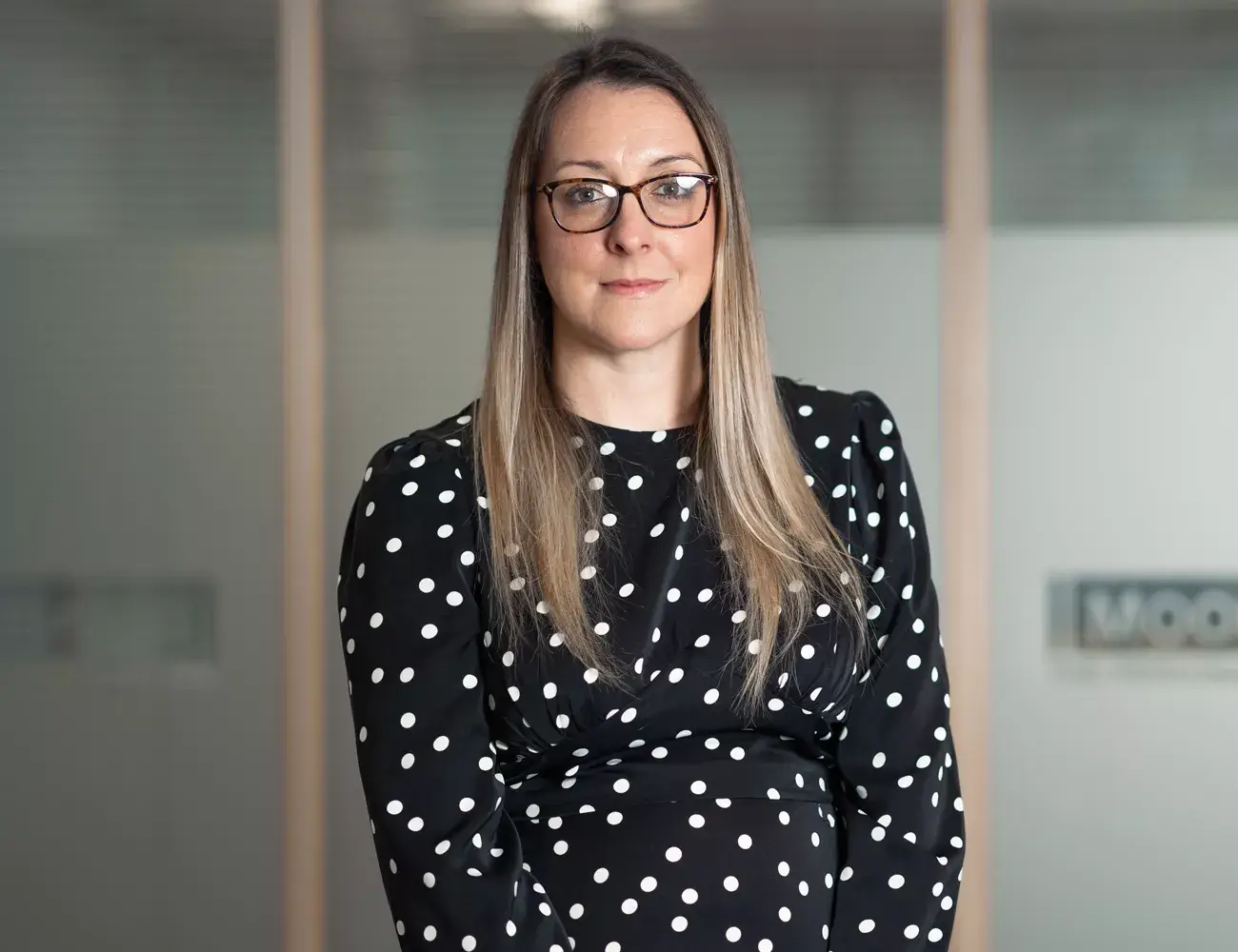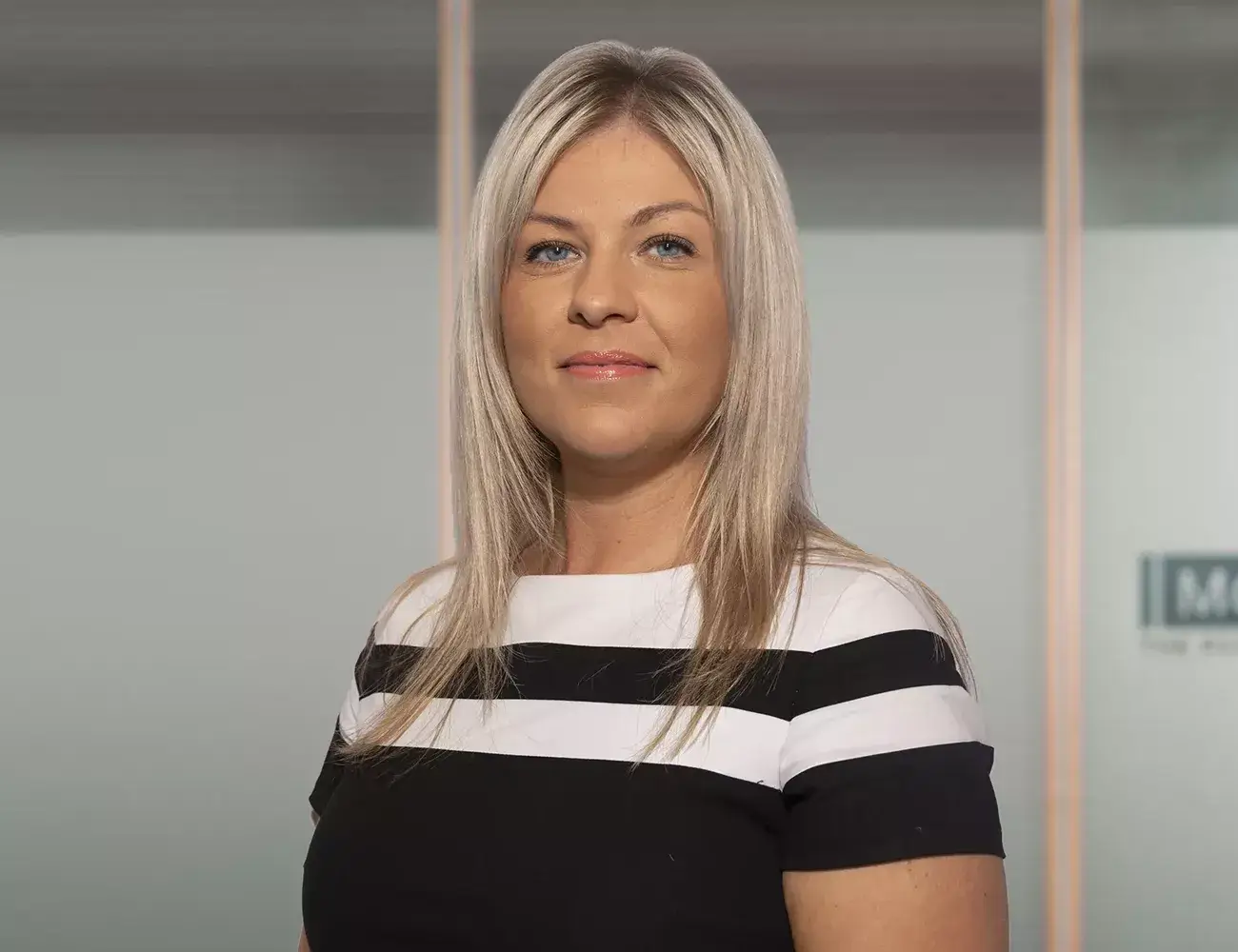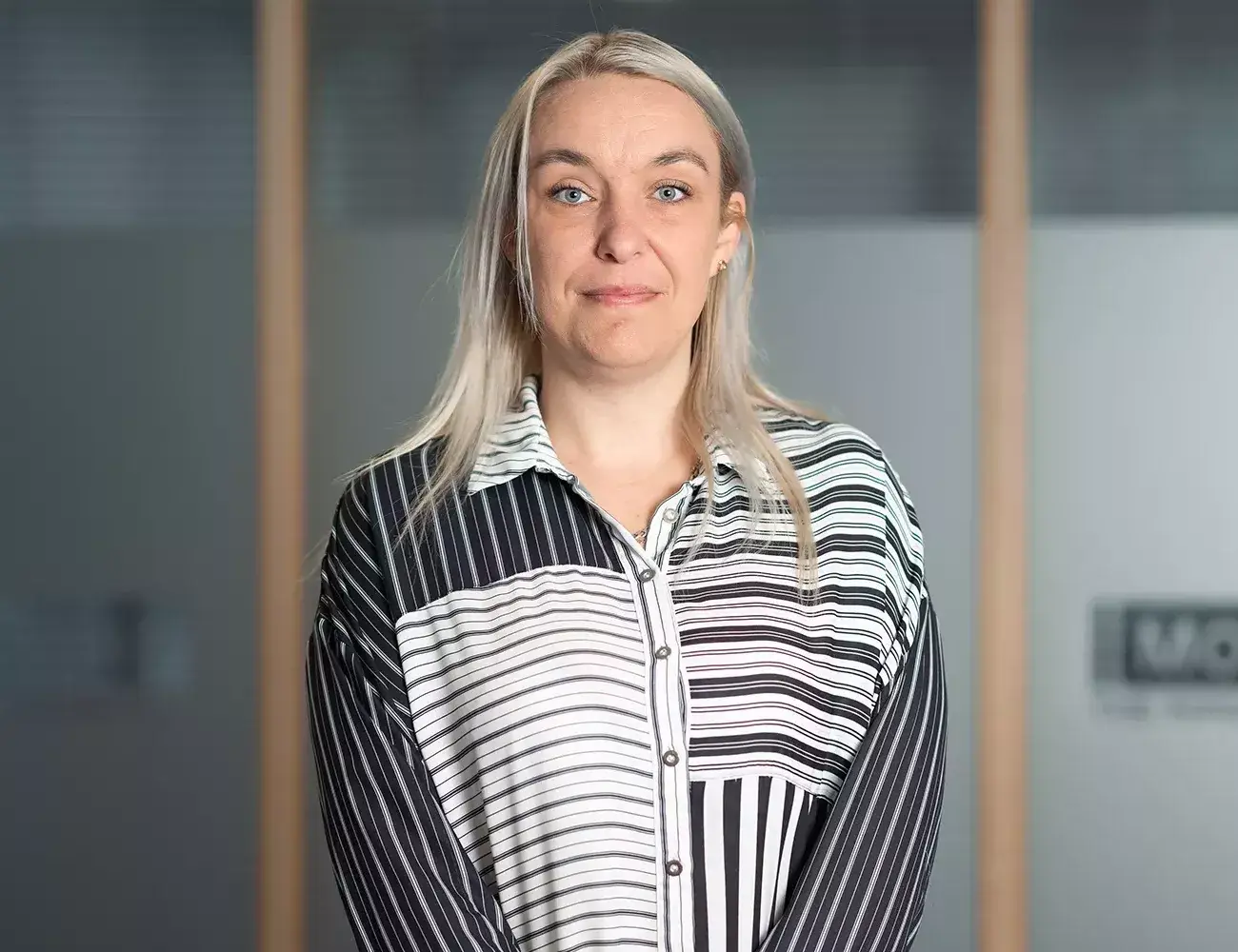Erb’s palsy claims are a type of birth injury claim.
Erb’s palsy is a paralysis of the arm. It can be caused by shoulder dystocia during a difficult birth. It is also known as brachial plexus palsy and Erb-Duchenne palsy.
One in every 750 babies is affected by Erb’s palsy.
The condition affects each baby differently. The paralysis of an arm can be partial or it can be complete.
When Erb’s palsy occurs as a result of medical negligence, the child’s parents can make an Erb’s palsy compensation claim on behalf of the child. Alternatively, if a claim has not already been started by the time the child reaches the age of 18, they can bring an Erb’s palsy claim.
Mooneerams Solicitors trusted medical negligence solicitor partners have extensive experience handling birth injury compensation claims.
How is Erb’s palsy caused?
Erb’s palsy is a birth injury most commonly caused by the baby’s shoulders becoming stuck in the birth canal after the head has been delivered. This is known as ‘shoulder dystocia’.
Medical staff using excessive force on the baby’s shoulder or arm during birth to free the baby’s shoulders can stretch or tear the brachial plexus nerves, causing damage.
The damage may affect one to all five of the brachial plexus nerves that supply movement and feeling to an arm. The paralysis of the arm is known as Erb’s palsy.
What are the symptoms of Erb’s palsy?
There is a range of symptoms, including:
- The arm remains limp and held close to the body because the elbow will not bend properly.
- Muscular atrophy (wasting of the muscles).
- Weakness, limpness or total paralysis of the hand.
- A reduced ability to grip with the hand on the affected arm.
- Horner syndrome, an associated condition causing an eyelid on the child’s weaker side to droop. The pupil in the eye may be smaller than is normal.
- Torticollis is another associated syndrome. This causes the baby to face away from the affected arm. They are also unable to face forward for any length of time.
Is there any treatment available for Erb’s palsy?
Early intervention can ensure the baby recovers wholly or partially from the condition. Studies have indicated that the rate of complete recovery is between 80% and 96%, especially if there is improvement within the first two weeks after birth. Forms of treatment for Erb’s Palsy include:
- Occupational therapy
- Physiotherapy
- Nerve Grafts
- Hydrotherapy
- Tendon or muscle release
Some babies will recover naturally within 1 to 2 years. For others, brachial plexus surgery can improve conditions that have shown no signs of recovery in the first three to five months after birth. A few children are left with permanent disability, but this is thankfully reasonably rare.
When might there be a claim for Erb’s Palsy due to medical negligence?
Not all cases of Erb’s palsy occur due to medical negligence. For a successful compensation claim to be made, it must be proved there was negligence in the management of the pregnancy and/or delivery of the baby.
Claims for compensation, therefore, usually fall into one of two categories:
1. A failure in the management of the pregnancy, e.g. by failing to arrange for a caesarean section birth in cases where shoulder dystocia may have been expected to occur.
Possible factors that should have rung alarm bells about possible shoulder dystocia would be:
- If the expectant mother had previously given birth to a baby with shoulder dystocia. This would indicate a high risk of it happening again in the future, and therefore a caesarean may be the best option for delivering the baby
- Where the mother to be has a small pelvis, there is a greater risk of the baby getting stuck. An estimation of the anticipated size of the baby should be considered alongside the potential restrictions caused by the mother’s smaller than average sized pelvis. If, after taking all factors into account, the risks of a normal birth taking place are too low, there should be a discussion with the mother to advise her that a caesarean is an advisable option.
- Where the baby is of an unusually large size, the prospect of shoulder dystocia is increased. It should be possible through proper foetal monitoring to establish the baby’s size and weight and to pre-plan whether a caesarean is likely to be necessary.
- If the expectant mother is obese.
- When the mother has diabetes it often increases the risk of having a large baby.
Many Erb’s palsy claims succeed because the expectant mother could not give informed consent to proceed with natural birth because she had not been made fully aware of the risks of doing so. This is especially important given that a caesarean procedure is an available alternative in most cases.
Another way of expressing this would be to say that the standard of medical care that the mother received was not of the standard she was entitled to expect from a reasonably competent medical professional.
2. Negligence in the handling of shoulder dystocia as a result of failure to follow established procedures.
a) Birth assistance tools such as forceps or a vacuum extractor used with excessive force causing damage to the brachial plexus nerves
b) When an emergency arises during delivery, it becomes imperative to complete the birth procedure very quickly. This rush to deliver the baby quickly can sometimes lead to mistakes being made, which in turn leads to the brachial plexus nerves becoming stretched or torn.
There is a recommended procedure for trying to avoid shoulder dystocia. This is known as the McRoberts procedure.
To be done properly, this procedure requires three and possibly even four medical team members to be present to assist. When the recommended procedure is not competently performed, and Erb’s palsy is caused by any subsequent shoulder dystocia that results from the failure to follow the correct process, this may result in a medical negligence claim.
Why choose Mooneerams solicitors to handle an Erb’s palsy case?
Erb’s palsy claims are complex matters.
Detailed consideration of the mother’s medical records will be necessary. Medical reports will be required experts in both obstetrics and Erb’s palsy. It will be necessary to take detailed witness evidence from the baby’s mother and possibly the expectant father too.
Finding the right Erb’s palsy claim solicitor is extremely important to the prospects of bringing a successful claim for compensation.
Mooneerams work with trusted partners who are experienced medical negligence solicitors and have expertise in birth injury claims.
What compensation is payable in an Erb’s Palsy injury claim?
The type of compensation payable in a successful for Erb’s palsy claim depends on the severity of the injury and the needs of the child. Some examples of the type of damages (compensation) that can be claimed are:
- Substantial damages for pain and suffering (injury compensation)
- The costs of treatment that will aid recovery and/or rehabilitation
- The cost of any future surgery
- Potential loss of future earnings (if the condition is likely to be long-term or even permanent)
- An amount to compensate the claimant for being handicapped on the open labour market (because their disability prevents them from doing certain types of occupation)
- The cost of future care and assistance
- Aids and equipment
- Adaptations to the home – the type and extent of adaptation will depend on the degree of disability and the kind of assistance needed daily.
How much compensation can be claimed in an Erb’s palsy case?
As previously mentioned, Erb’s palsy affects every person in a different way and to a different extent. This makes it impossible to estimate the amount of compensation someone could receive from bringing a successful Erb’s palsy claim.
Our clients are kept advised on the progress of their case through each step of the claims process. When all the necessary medical and other evidence to support a claim has been obtained, only then might it be possible to advise on the amount of compensation your child might expect to receive.
How long do I have to start an Erb’s palsy claim?
In most medical negligence claims, there is a time limit of three years from the date that the negligence occurred in which to start your claim.
Alternatively, you have three years from your ‘date of knowledge’, i.e., when you realised that your injury was significant and that it resulted from the act or omission of a medical professional, in which to start a claim. This ‘window’ to start a medical negligence claim in is known as the Limitation Period.
In claims involving children, the position is different. The starting date for limitation will commence on the child’s 18th birthday and will last until they reach their 21st birthday. Accordingly, the child has until they are approaching age 21 to start an Erb’s palsy claim.
It is advisable to start the claim as soon as possible. In most Erb’s palsy negligence cases, this will happen naturally. Claims will be brought at a much earlier stage on behalf of the child by their parent(s) or guardian(s).
How can I fund an Erb’s palsy compensation claim?
In most cases with reasonable prospects of success, it will be possible to fund your claim by using a No Win No Fee arrangement. That means you’ll have nothing to pay if the claim doesn’t succeed. This funding method means you can pursue the claim without worrying about expensive legal fees should the claim not be successful.
Call Mooneerams Solicitors now for a free initial consultation by phone on 029 2048 3615. You can also contact us online by leaving your details for a callback from an experienced Erb’s palsy solicitor






















